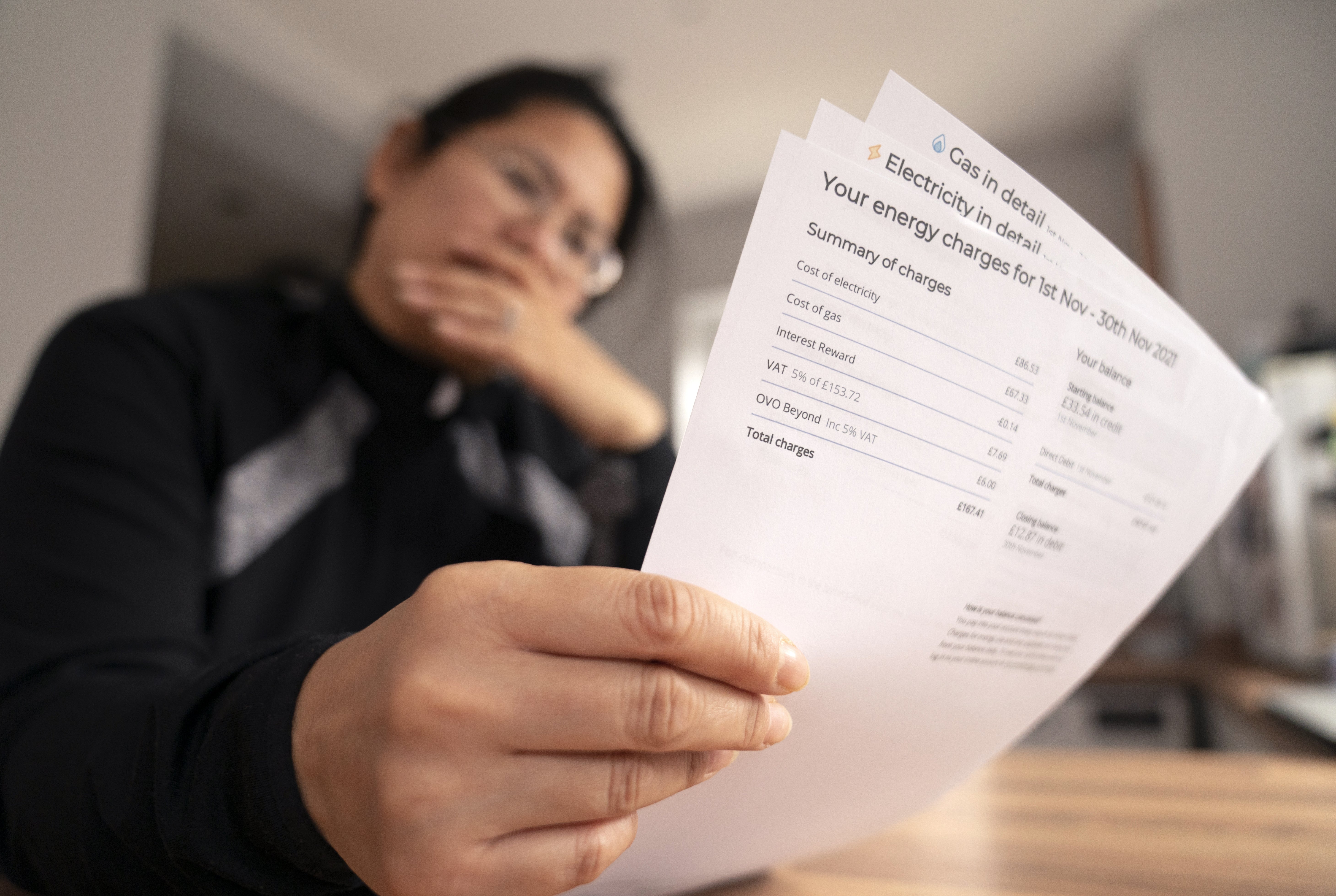It’s the question on everybody’s mind at the moment – are electricity prices going up in 2023?
If you have seen the news recently, then you probably know that the Australian Energy Regulator (AER) has announced that, unfortunately, energy costs are once again set to rise. In this blog, we will explain the impact of the upcoming price increases, how it will affect your energy bills and provide answers to some of the burning questions you may have.
Whether you’re looking to compare energy providers, understand the price rises, or explore ways to fight back against the increases, we’ve got you covered.
Are Electricity Prices Going Up In 2023?
In May 2023, the AER announced that the Default Market Offer (DMO) will be increased on July 1st 2023. This means that residential customers on standard retail electricity plans will see energy price increases of between 20.8% and 23.9%, depending on where they live.
Customers with a controlled load tariff will see increases of between 19.6% and 24.9%.
These increases are in response to the continuing rises in wholesale energy prices as a result of the disruptions from the COVID-19 pandemic, the war in Ukraine and ongoing inflation.
The increase to the DMO will affect over 600,000 residents in South Australia, New South Wales, and South East Queensland, where the default offer applies. In addition, the Essential Services Commission (ESC) has announced a 25% price increase, which will impact around 400,000 households and 55,000 small businesses in Victoria.
Why Will The Energy Price Rise Vary In Different States?
The price of the DMO, and therefore the scale of the increase in July 2023, is based on the cost of supplying energy in specific regions. This means the increase depends on a multitude of factors considered by the AER, including the cost of building and maintaining electricity poles and wires, transmission distances and customer density.
What Has Caused The Energy Price Hikes?

The knock-on effect of inflation is one of the key factors contributing to energy price increases. Costs have risen in every stage of the energy supply chain, including the cost of generating wholesale power, building and maintaining the transmission networks and the retailer’s operating costs.
The expenses incurred at each of these stages have a cascading effect which is passed on to consumers to ensure that the sector remains profitable.
When Will Energy Prices Come Back Down In Australia?
With the current, volatile global energy market, predicting the future of Australian energy is more challenging than ever. While most experts agree that inflation will ease in 2024, there is debate about whether energy prices will follow the same trend. One thing everyone agrees on is that, unfortunately, prices will remain high throughout 2023.
As well as inflation, the stability of international markets and potential government interventions will affect the future cost of energy, as at the moment, these factors remain unknown.
What Is The Government Doing To Help Consumers With Energy Costs?
While the Australian government doesn’t set the DMO, there are other levers they can pull to help residents afford their bills. In the face of the current cost of living crisis, they have imposed caps on gas and coal prices to help limit the extent of the price increases.
State governments also offer rebates and assistance to eligible residents who are struggling with their bills, such as the Victorian $250 Power Saving Bonus.
What Can I Do To Avoid The Energy Price Increases In July 2023?
The most important thing you can do is compare your energy plan and switch to an affordable market offer before July 1st 2023. If you are currently on a standing offer (if you haven’t reviewed your plan in the last 12 months) then you will be impacted by these price rises, so you need to act NOW before it’s too late.
You should compare electricity plans with low, fixed rates, such as Tango Energy’s eSelect and Home Select cheap electricity plans which can be frozen until May 2024 for Victorian customers.
CheapBills can compare energy plans from our preferred electricity and gas providers to find you a low rate to help you save. Our panel of leading energy providers include EnergyAustralia, ActewAGL, Covau, Tango Energy, Blue NRG and Energy Locals.
In addition, you should review the energy efficiency of your home and reduce your consumption wherever possible. Some simple techniques to implement include adjusting your thermostat for hot water and air conditioning, using door snakes and effective window seals and switching off appliances at the plug when not in use.
Conclusion
So, are electricity prices going up in 2023? The short answer is yes. This means you need to review your electricity plan to see if the increase will affect your bill.
As the 1st of July approaches, it’s important to be proactive to avoid being hit by the price rises. By understanding the DMO and how it relates to your current energy plan, you should feel empowered to compare energy prices and find a great deal that will help you save money in 2023 and beyond.
While the future of energy prices in Australia remains uncertain, adopting best practices, including comparing your bill every 12 months and employing energy-efficient practices will help you pay less for your electricity and gas.
Don’t wait until it’s too late. Call CheapBills today for expert advice about cheap electricity plans for your home from our panel of providers.










